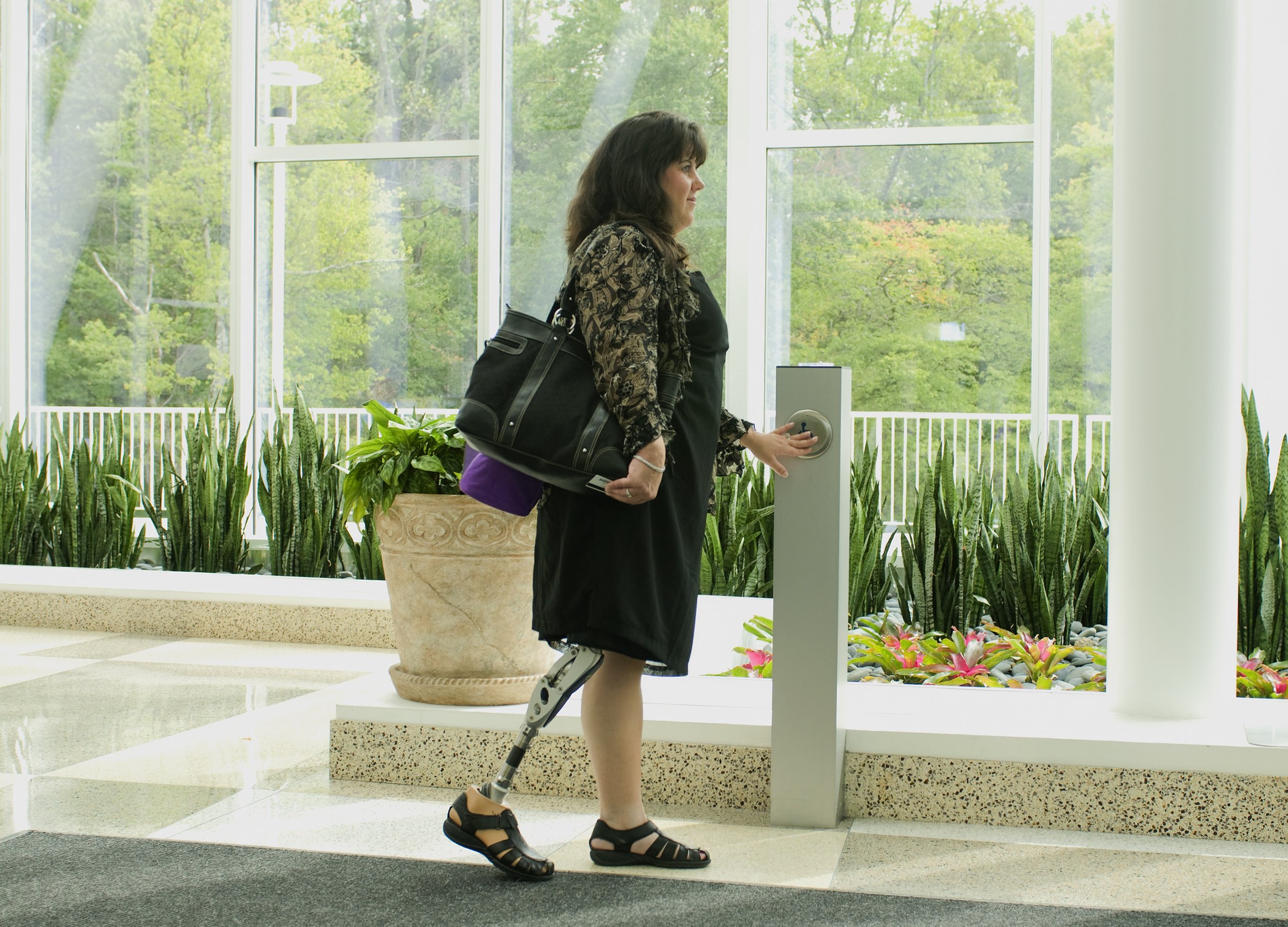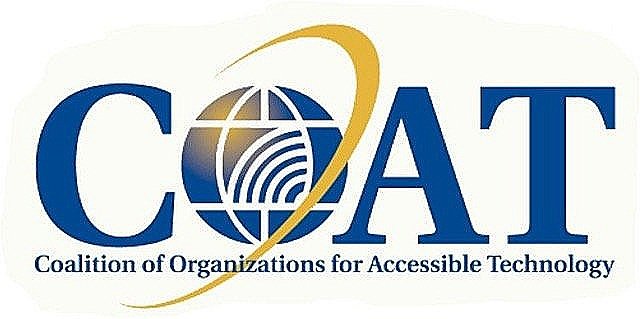
About the CVTA
Technology has rapidly evolved over the last decade, with much of our economy and day-to-day lives having moved online. However, accessibility standards have stayed largely the same, excluding many people with disabilities from today’s economy and digital resources.
On October 8, 2010, President Obama signed the Twenty-First Century Communications and Video Accessibility Act (CVAA) into law. The CVAA updated federal communications laws to increase access of persons with disabilities to modern communications.
But technology has changed significantly since 2010, so in November of 2022, during the previous session of Congress, Senator Edward J. Markey and Representative Anna G. Eshoo introduced the Communications, Video, and Technology Accessibility Act (CVTA). The proposed legislation has now been updated and reintroduced, amending the CVAA to keep pace with essential technologies that have emerged since passage of the CVAA more than a decade ago. Every day brings new tools, services and platforms into our homes, schools, workplaces and society. The CVTA directs the FCC to take appropriate actions to ensure that these innovations will be accessible to and usable by all users.
Why the CVTA matters to our society
-

CVTA for People with Disabilities
When technology is fully accessible, it enables people with disabilities to remain productive, informed, entertained and connected. The CVTA ensures people have full and equal access to all essential communications products and services. Access to technology is necessary to participate in today’s world. The CVTA will ensure full access to communication and video tools for people with disabilities now and in the future.
-

CVTA for Employment
The CVTA ensures that businesses can successfully make communication technology more equitable in the workplace. Businesses in the United States can tap into a talent pool of millions of workers with disabilities if more accessible technologies and communications products and services are available in the workplace.
-

CVTA for Everyone
Ever used the zoom-in feature on your computer? Expanded your phone screen to see a photo more clearly? Turned on closed captions while watching a movie at home? Accessibility means everyone has greater connectivity to content, whether it be on TV or streaming media or video conference calls. As technology continues to grow in new and exciting ways – the CVTA ensures everyone can enjoy equal access.
There are many accessibility barriers that continue to exist. Here are just a few examples…
Under federal law, only a small percentage of video programming must include audio description for users who are blind or have low vision.
It is difficult to find and activate audio description and closed captioning on television sets and other video devices.
Video conferencing services lack many features needed by people with disabilities, excluding them from full participation in the workforce.
Deaf people who communicate in sign language face accessibility barriers to 911 emergency services.
The CVTA will address these issues by…
Requiring full access to audio description on television shows, and expanding both audio description and closed captioning requirements to most online video streaming platforms.
Requiring the easy activation and customization of controls used for closed captions and audio description on video devices, including television sets, set-top boxes, laptops, and tablets.
Improving emergency access to 911 services for sign language users who are deaf, and ensuring that where sign language interpreters are provided on television and online video programming, they are visible on the viewer’s screen.
Empowering the Federal Communications Commission (FCC) to apply its accessibility regulations to emerging technologies.

We need your help, contact Congress!
One of the best ways to support the CVTA is to ask your Senators and Representatives to show their support by signing on as a co-sponsor of the bill.
Read a sample letter to Congress below and download it here
-
Dear <INSERT CONGRESSPERSON’S NAME - Find your congressperson by clicking here>
I ask that you cosponsor the Communications, Video, and Technology Accessibility (CVTA) Act introduced by Senator Markey and Representative Eshoo.
Since Congress enacted the bipartisan 21st Century Communications and Video Accessibility Act (CVAA) in 2010, accessibility requirements for people with disabilities have not kept pace with changing technologies. As a result, these individuals do not have full access to many communication and video tools that are essential today. Therefore, Congress must act to promote the full inclusion of people with disabilities in all aspects of daily life through accessible communication tools, video programming, and emerging technologies.
The CVTA Act would enhance communications, video and technology accessibility for individuals with disabilities by:
● Requiring closed captioning for online video programming, mirroring current televised video programming requirements;
● Requiring audio description for both online and televised video programming;
● Directing the FCC to create and update quality standards for video programming accessibility;
● Requiring video conferencing services to have built-in accessibility features, such as automatic captioning functions, and the ability to connect sign language interpreters and assistive technologies that are designed to increase access for people with disabilities (e.g., refreshable braille displays);
● Establishing standards for American Sign Language interpretation when provided during video programming;
● Ensuring people with disabilities have equitable access to 9-1-1 emergency services through the use of direct video calling or telecommunications relay services;
● Requiring manufacturers of devices that display video programming, such as televisions and computers, to include features that allow easy activation and customization of closed captioning and audio description preferences;
● Expanding the contribution base for the Telecommunications Relay Services Interstate Fund to ensure its sustainability; and
● Empowering the FCC to ensure accessibility regulations keep pace with emerging technologies, such as artificial intelligence and virtual reality platforms.
[INSERT PERSONAL STORY OF BARRIER HERE IF YOU WANT]
Please ensure full access to communication and video tools for people with disabilities by cosponsoring the Communications, Video, and Technology Accessibility (CVTA) Act.
Thank you,
<INSERT YOUR NAME and MAILING ADDRESS>
Become a Supporter
We need all the help we can get! Fill out the form to list your organization as a supporter of the CVTA.

